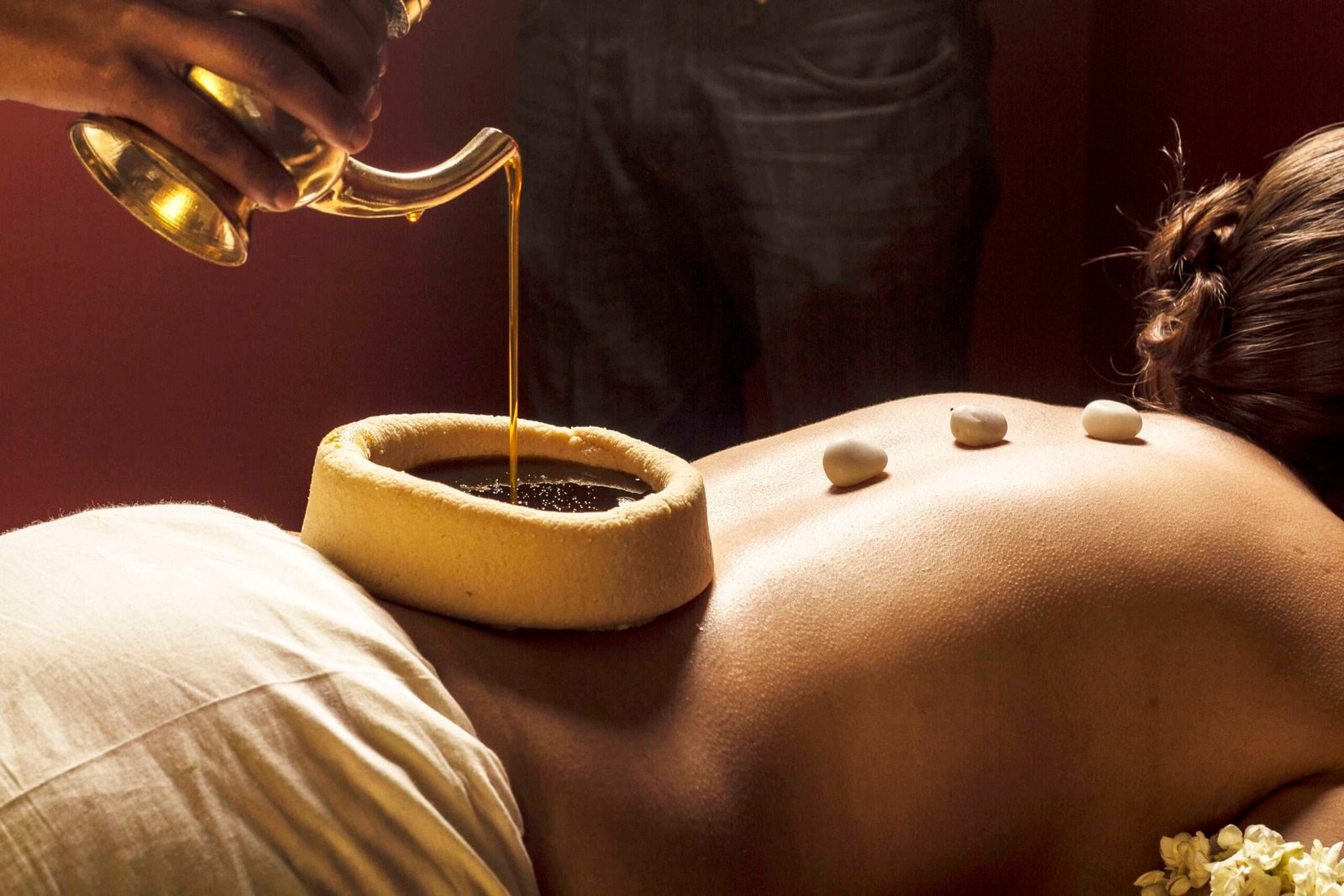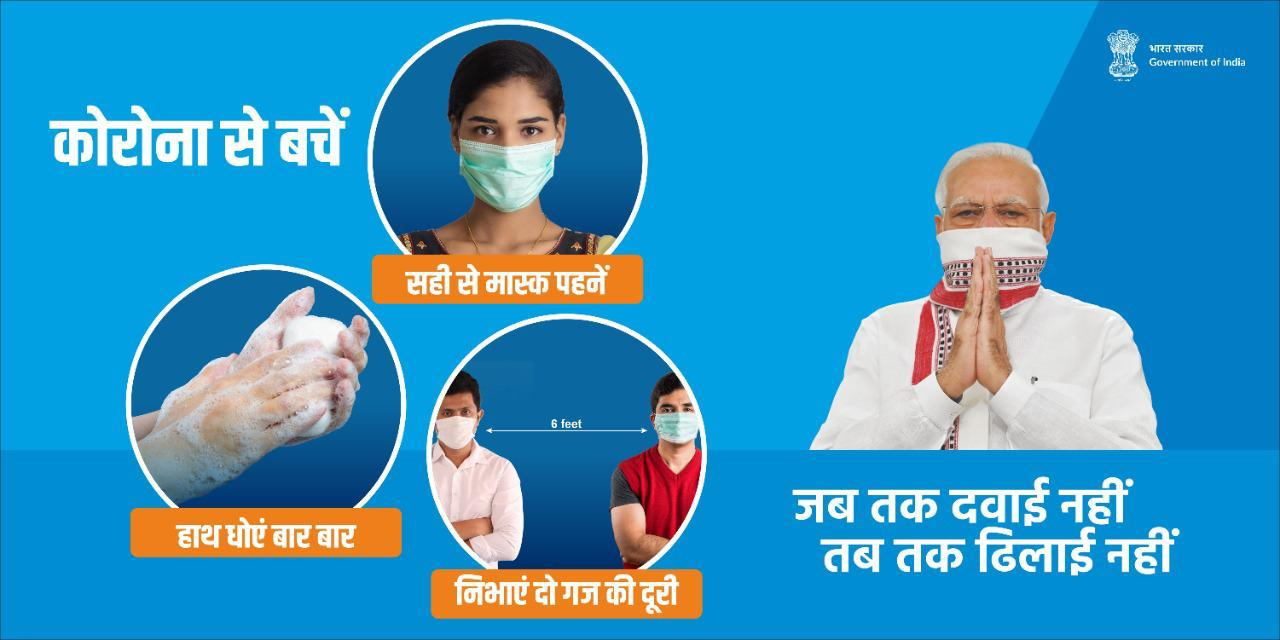The spine, or backbone, is made up of small bones (vertebrae) stacked – along with discs – one on top of another. A healthy spine, when viewed from the side, has gentle curves to it. The curves help the spine absorb stress from body movement and gravity. When viewed from the back, the spine should run straight down the middle of the back. When abnormalities of the spine occur, the natural curvature of the spine are misaligned or exaggerated in certain areas, as occurs with IVDP (Intervertebral Disc Prolapse), Lordosis, Kyphosis, and Scoliosis.
What are the Causes of Spinal Disorders and How Ayurvedic Treatments Help You?
Introduction to Spinal Disorders
Spinal disorders or spinal cord disorders refer to the conditions, which cause deterioration and damage to one’s spinal cord. These conditions are spinal stenosis, tumors, abscesses, herniated discs, hematoma, degenerative disc problems, and vertebral fractures. The spinal cord of an individual has four different areas and any area may suffer from spinal cord disorders. These include your neck or cervical area, sacral or pelvis region, thoracic or lower back region, and lumbar or upper back region.


Symptoms of Spinal Disorders
In most cases, spinal cord disorders or spinal disorders have the following symptoms-
- Sensation loss
- Variation in the reflex actions
- Weakness in limbs, which sometimes convert to paralysis
- A chronic or severe form of back pain
- Loss of bowel or urinary control
- Uncontrolled muscle spasms
Common Causes of Spinal Disorders
As spinal disorder takes place in either of its four different parts, it has multiple underlying causes, including a few of the unknown ones. However, in most cases, the disorder takes place because of-
- Sudden falls or accidents
- Congenital disorders, where an individual has a disorder right from his/her birth
- Infection and inflammation in the spinal area
- Inherited spinal diseases or disorders
- Minor injuries to traumatic ones
- Degenerative wear and tear of spinal discs, which take place because of aging

Worldwide Statistics on Lumbar Spondylosis
According to the worldwide research studies and findings on spinal disorders-
- Approximately 28.1percent of people across the world suffer from different types of the spinal cord or spinal disorders.
- The spinal disorder usually takes place among aged people. However, rather than age, injuries followed by accidents are the prime reasons related to the disorder.
- Lumbar spine disorder with 53.1percent is a commonly affected spinal disorder. Cervical spine disorder with 27.1percent is the second common type of spinal disorder.
- Low back pain with 75.3percent is the major problem associated with the lumbar spine.
- Spondylosis with 31.3percent, pain with 36.8percent, and disc disorder with 24.3percent were common problems related to the cervical spine.
How we @ pushplata ayurveda in Rewari does Ayurvedic Treatment Options to Cure Spinal Disorders
Ayurveda treatment nourishes the nerves and body muscles of a patient to rejuvenate his/her degenerated vertebral or spinal disc. Common treatment options are-

Ayurvedic Treatment Options to Cure Spinal Disorders
- Kati Basti
In Kati Basti’s treatment, a dough of black gram is used to design a well across the patient’s lower back, from where Ayurvedic experts pour medical oil and retain it for half an hour.
- Upanaha
Upanaha or medical paste when applied to the injured or affected area helps in relieving various spinal disorder problems. These are stiffness, pain, and numbness.
- Abhyanga
Abhyanga comprises of both localized and full body massage intends to tone up the body muscles. Later, it involves stretching activity to reduce the narrowing of the disc.
- Patra Pinda Sweda
Patra Pinda Sweda belongs to the category of Pinda Sweda. Here, Ayurveda experts combine conventional drugs with medicinal plants’ leaves and roast them in a pan by using a small amount of oil. Later, experts prepare a bolus by tying a cloth.
Hence, with Ayurvedic treatment procedures, you will easily manage your symptoms and the condition of spinal disorder.


